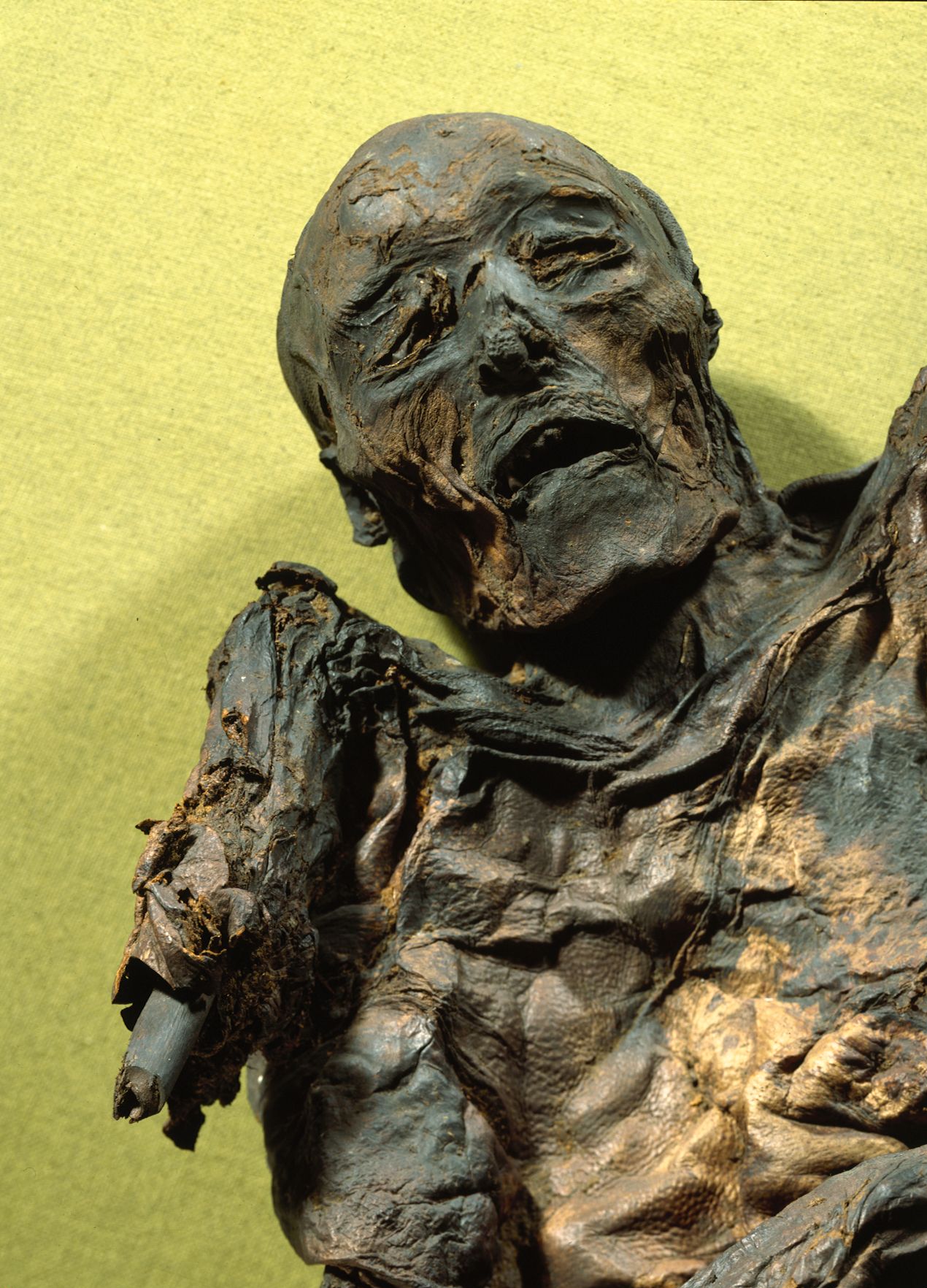On May 15, 1879, Niels Hansen, a laborer in Ramten, Denmark, discovered the body after digging one meter into peat. Hansen then reported the discovery to a local teacher, who alerted the police and pharmacist, who then moved the body to a nearby barn for testing. The body was later handed over to the Copenhagen National Museum.

Bioarchaeology
The body was found with its legs bent backwards and its right arm nearly severed. He appears to have injured his arm before dying. Other than this, the body was unharmed. She had broken one of her legs, but she had healed before she passed away. A laceration on one of her legs was thought to have been caused by a shovel after her death, but it was determined that it occurred shortly before her death. A rope was also found around her body’s neck, which may have been a necklace, suggesting that she had been strangled. The remains were re-examined non-invasively in 1990, and dietary analysis was performed in 1999. X-rays showed her hair. Stubble on the scalp and brain remains within the skull. Like many other bog bodies, the bones had been decalcified. Dietary analysis consisted of two samples of intestinal contents and revealed that the woman’s last meal was rye bread.

Clothing and Textile Analysis
Unlike many other bog bodies, which are often found naked, the Huldramos woman was found wearing a variety of jewelry. Analysis of these items, which include rare evidence of plant-fiber textiles, shows that Scandinavian Early Iron Age people had knowledge of a wide range of previously unrecognized textile weaving and dyeing techniques, as well as animal skin techniques. , it turned out that he was using it. Her clothing has undergone extensive analysis by scientists from the Textile Research Center of the Danish National Research Foundation and the National Museum of Denmark. A Fuldremose woman wore several layers of sheepskin capes with her wool sides facing out. These were complex structures. “The two skin capes are made from well-prepared curled fleece. The outer cape measures at most 82 cm high and 170 cm wide (Figure 3). Consists of skin pieces. There are two small triangular pieces below the yoke. Most of the pieces are made of dark sheepskin, but there are four light goatskin inserts on the fur side.

On the skin side, there is a dark sheepskin upper part, and a front lining.The inner cape is somewhat smaller, measuring 80 cm high and 150 cm wide (Figure 4), with a mainly rectangular 7- It consists of eight primary pieces of sheepskin and 22 secondary patches of sheep, goat, and sheepskin. Both capes have an asymmetrical design with a beveled neckline.” She wore a wool plaid scarf held with bone pins and a wool plaid skirt. Analysis by scientists at the National Museum of Denmark revealed that the skirt was originally a blue or purple checkered pattern, while the scarf was a red checkered pattern. Analysis of the chemical dyes revealed that natural vegetable dyes and mordants were used, and threads of at least five colors were woven to form an intricate checkered pattern. Impressions of the skin of the Fuldremose woman and the small amount of remaining degraded fibers suggest that under her woolen clothing she wore a white inner garment made from vegetable fibers that reached from her shoulders to below her knees. I am. The type of plant fiber is unknown, but other evidence from the time suggests it may have been made from nettle. Antler combs, leather thongs, and a woolen fabric headband were also found in what appears to be an inner cape pocket made of bladders. Strontium isotope analysis was performed on the clothing she was wearing. This study showed that wool scarves have local origins. The wool skirts were found to be made from wool from at least three different origins, including local signatures and signatures compatible with northern Scandinavia (such as Norway and Sweden). The vegetable fiber clothing and the Fuldremose women themselves probably had extra-local origins, again showing compatibility with northern Scandinavia. In general, this study points to the possibility that textiles were traded or brought as raw materials much more frequently and over longer distances than previously assumed.

